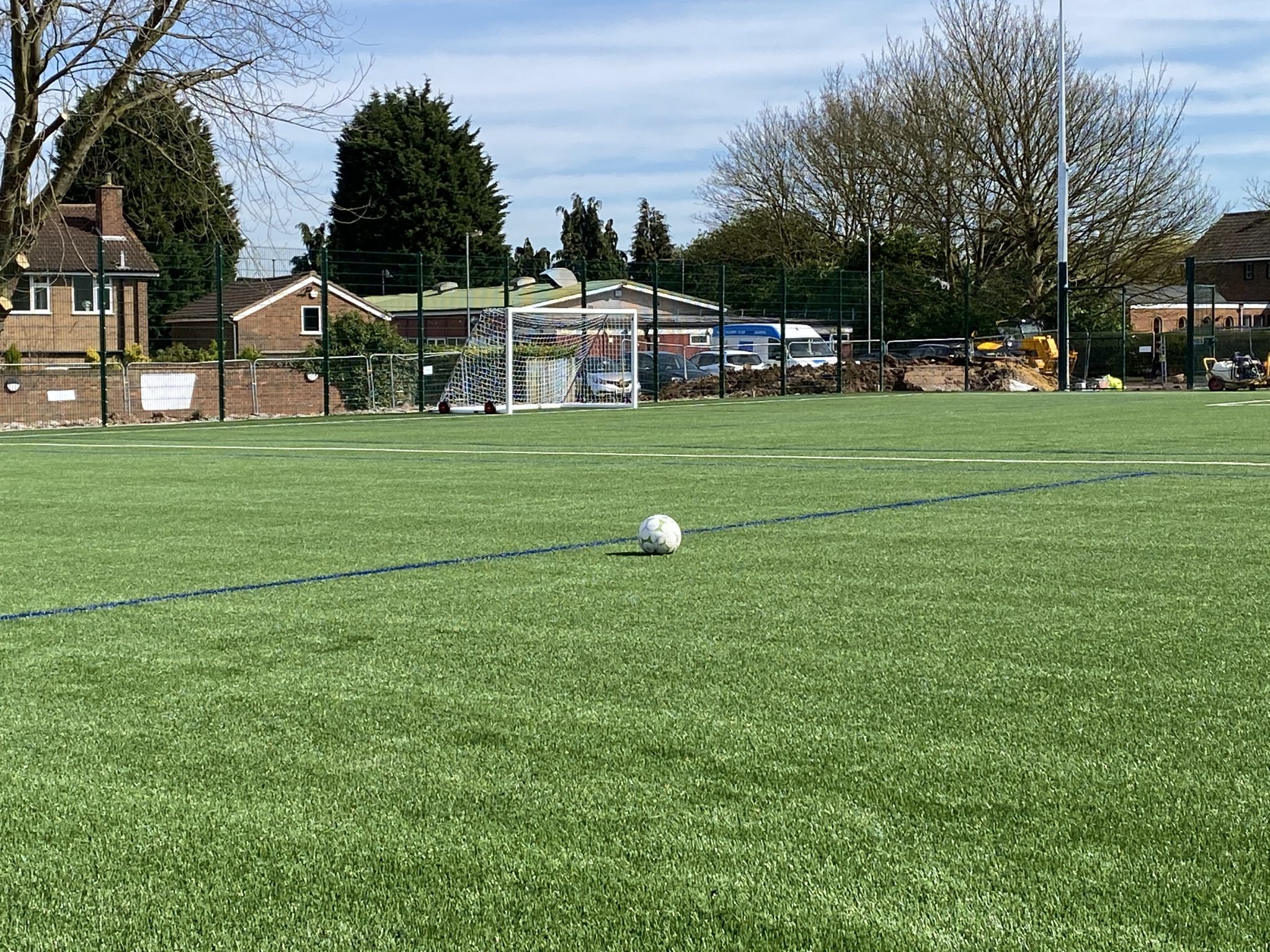The Importance of Shock Pad
- 06/17/2020
Quite simply, a shock pad will make your surface play better and last longer due to its shock absorbing qualities. That, on its own, should be sufficient reason to always choose a shock pad. Surprisingly that isn’t always the case under 3G pitches. There are different types of shock pad, but all offer resilience for the player, and reduce compaction within the playing surface.
Many years ago hockey adopted synthetic turf as the surface for the future. The early pitches were often laid directly onto a hard base. Shock pads were successfully introduced to improve the overall feel and relieve the hardness from the base. Now you will not find a hockey pitch without a pad.
So why aren’t all football pitches built with a shock pad? As often is the case, the answer lies in cost. You can meet the standards set by governing bodies without a shock pad, and a 60mm length surface can save up to £4.00 per sqm or £30,000 on a full size pitch, if no pad is used. But very quickly the folly of short term gain can hit back, as the pitch will harden and may fall outside desired performance standards.
Perhaps the lack of promotion of shock pads by suppliers is to blame. Most contractors can offer a shock pad, but often don’t, to meet a client’s budget. When asked for feedback on the difference a pitch with a pad has, compared with one without, former professional footballer and CCGrass UK Business Manager, Jamie Forrester, commented: “Playing on a synthetic pitch with a pad feels safer, and the reduction in infill, balanced with a denser green surface, makes twisting, turning and close ball control more natural. If asked, I always will recommend a pad, if the budget can allow for one”.






